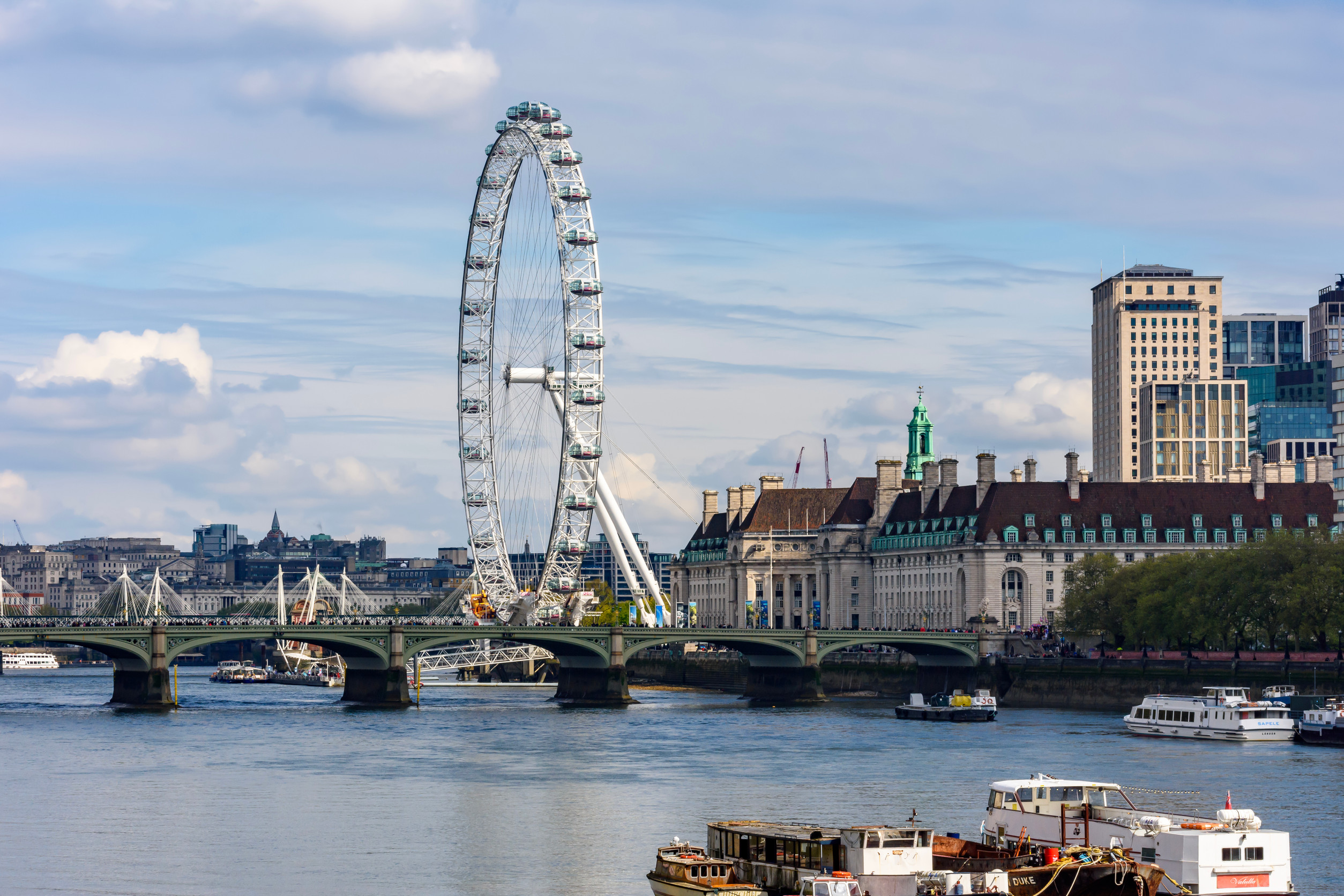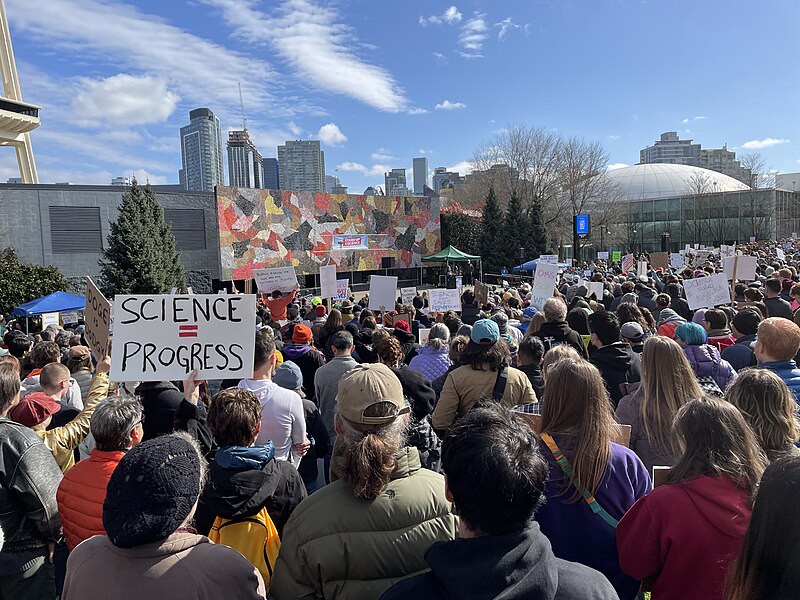In the quest to run on 100 percent renewable electricity, Sweden is transforming homes into highly efficient ‘prosumers’—buildings that both produce and consume the vast majority of their own energy.
One example of this in action comes from the city of Ludivika where 1970s flats have recently been retrofitted with the latest smart energy technology. As reported in EcoWatch, 48 family apartments spread across 3 buildings have been given photovoltaic solar panels, thermal energy storage, and heat pump systems, with a micro-energy grid connecting all these systems together. The result is a cluster of ‘prosumer’ buildings, producing rather than consuming enough power for 77 percent of residents’ needs.
It’s an impressive outcome, one that has prompted the Swedish government to start scaling up the smart grid principle. The idea is that homes can draw energy from a number of clean energy sources, from wind and solar to biomass and waste sources. Smart grids then balance the power, react to the weather, deploying extra power when it’s colder, or putting excess into battery storage when it’s warm. Not only is such a system efficient, but it also lowered energy bills for residents.
As the European Union looks to source a third of all the energy it consumes from renewable energy by 2030, Sweden’s ‘prosumer’ model offers a path forward.











